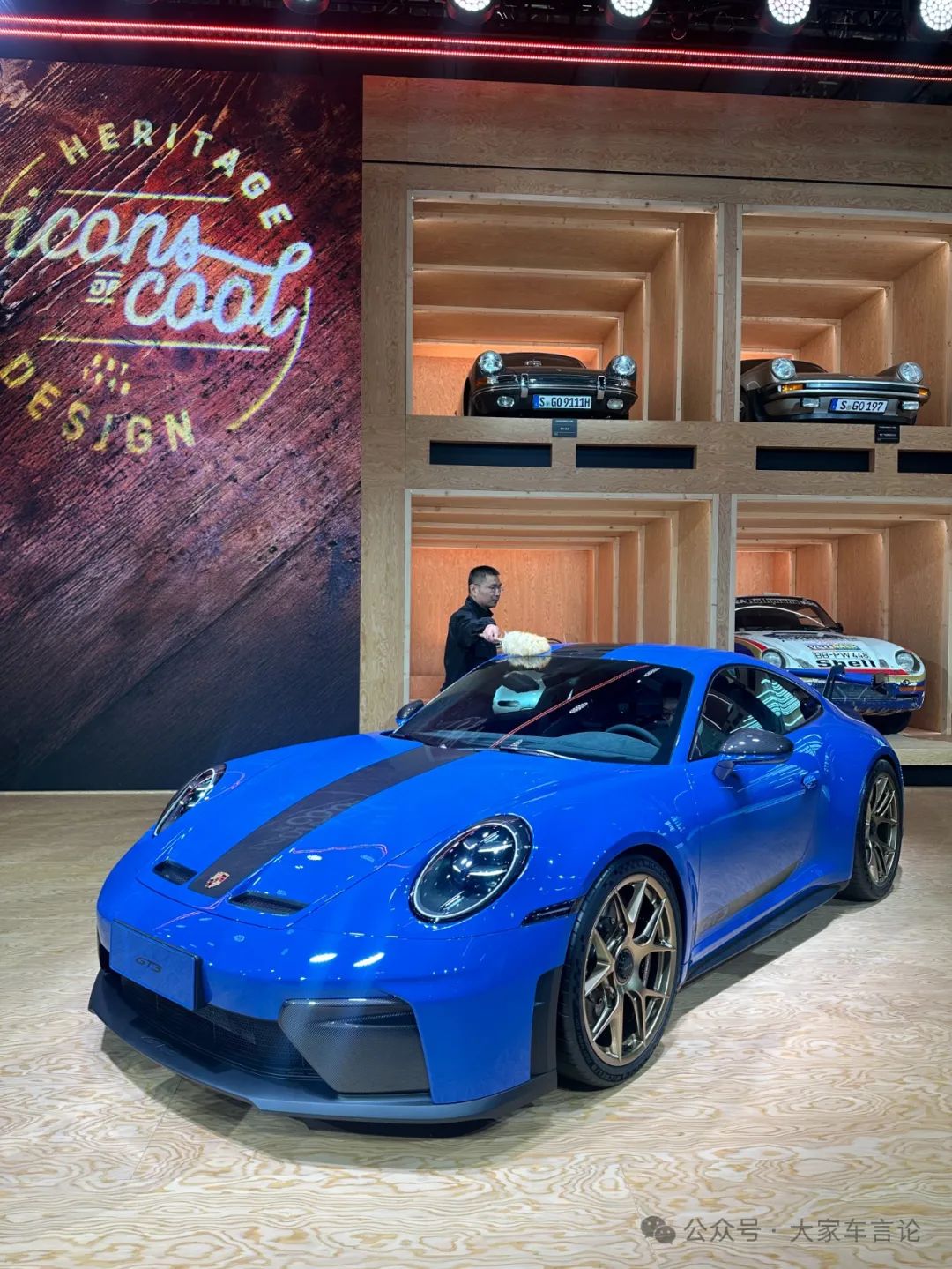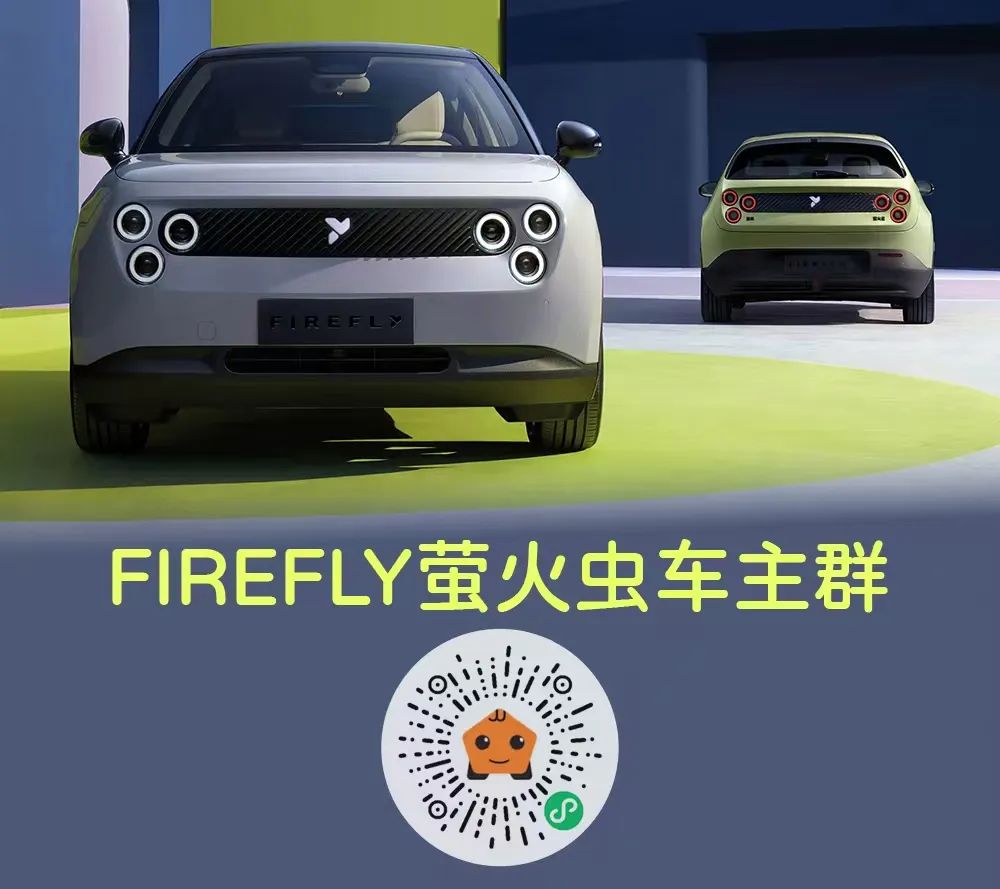html
2025 High-Performance Cars: How Do They Justify Premium Pricing in the EV Era?
1. Introduction: Redefining Performance in the Electric Age
In the past, high-performance cars were defined by roaring engines, massive horsepower, and exclusivity that justified their steep price tags. But in 2025, the rise of electric vehicles (EVs) has disrupted this narrative. Electric motors deliver instant power at a fraction of the cost, making “performance” more accessible than ever.
So, how do traditional automakers justify premium pricing for their flagship models? This article explores the latest innovations in high-performance vehicles—from combustion-engine legends to cutting-edge EVs—and examines the technologies that keep them competitive in an electrified world.

2. AMG GT63 4MATIC+: The Last Stand of Pure Combustion Power
Key Features:
- Engine: The heart of the AMG GT63 4MATIC+ is its 4.0L twin-turbo V8 engine, producing 585 horsepower and 800 Nm of torque. This pure combustion powerhouse accelerates from 0-100 km/h in 3.2 seconds.
- Advanced Suspension: Mercedes-AMG’s active hydraulic suspension system combines the adaptability of air suspension with the rigidity of anti-roll bars. This system adjusts damping in real time, balancing comfort on rough roads and stability during aggressive driving.
- Design & Aerodynamics: A larger front grille and 5-stage adjustable rear wing (inspired by F1 technology) enhance downforce, while carbon fiber elements reduce weight.
Why It Stands Out:
In an era dominated by EVs, the GT63 4MATIC+ appeals to enthusiasts who crave the raw emotion of a V8 engine. Its hybrid sibling (GT63 S E PERFORMANCE) offers even higher output, but this pure combustion variant remains a symbol of AMG’s engineering legacy.

3. Porsche 911 GT3 Touring: Lightweight Mastery Meets Everyday Usability
2025 Updates:
- Weight Reduction: The new 911 GT3 Touring weighs just 1,420 kg in its lightest configuration, thanks to carbon fiber-reinforced plastic (CFRP) components for the roof, rear wing, and chassis.
- Transmission: The 7-speed PDK dual-clutch gearbox features a shorter final drive ratio (8% reduction), improving acceleration and responsiveness. The 0-100 km/h sprint takes 3.4 seconds.
- Touring Package: For the first time, Porsche offers a rear-seat option in the GT3 Touring, blending track-ready performance with daily practicality.
Electric Rumors:
Porsche has hinted at a potential 992.3 generation with hybrid or full-electric drivetrains. While purists worry about losing the iconic flat-six engine, the brand’s focus on lightweight design and handling could redefine electric performance.

4. BMW’s Electric M3: Bridging the Gap Between ICE and EV
Innovations:
- Powertrain: The electric M3 debuts an 800V architecture and a four-motor setup, delivering over 1,300 horsepower. This system allows torque vectoring for unparalleled cornering precision.
- Dual-Platform Strategy: BMW will sell the electric M3 alongside the gasoline-powered model, targeting both EV adopters and traditional enthusiasts. The combustion version retains a 3.0L twin-turbo inline-six engine, upgraded to meet Euro 7 emissions standards.
- Tech Integration: A next-gen 8295 cockpit chip powers the infotainment system, while AI-driven suspension adjusts to road conditions in real time.
Controversy:
Critics question whether the electric M3 can replicate the “soul” of its gasoline counterpart. However, BMW’s focus on weight distribution (using a low-slung battery pack) and track-focused tuning aims to preserve the M3’s driving dynamics.

5. MINI JCW Electric: Performance at a Lower Price
Surprising Affordability:
- The electric JCW produces 190 kW (255 horsepower), matching its gasoline sibling. While it lacks the exhaust note, its $45,000 starting price (20% cheaper than previous models) makes it the most accessible JCW ever.
- Battery & Range: A 64 kWh battery provides 400 km of range, with fast-charging capabilities (10-80% in 18 minutes).
Target Audience:
This model caters to urban drivers seeking sporty handling without the premium cost. The lightweight design and instant torque make it ideal for city streets.

6. Core Technologies Justifying High Prices
1. Suspension Innovations
- Active Hydraulic & Air Suspension: Systems like AMG’s Active Ride Control and Porsche’s PASM (Porsche Active Suspension Management) adapt to road surfaces, reducing body roll and improving grip.
- Smart Damping: BMW’s AI-driven suspension uses cameras and sensors to predict road imperfections, adjusting damping forces milliseconds before impact.
2. Lightweight Materials
- Carbon Fiber: Used extensively in the Porsche 911 GT3 and AMG GT63, CFRP cuts weight while maintaining structural rigidity. For example, the 911 GT3’s CFRP roof saves 4.5 kg.
- Magnesium Alloys: Optional magnesium wheels on the 911 GT3 reduce unsprung mass by 9 kg, enhancing agility.
3. Hybrid & Electric Powertrains
- Performance Hybrids: Models like the AMG GT63 S E PERFORMANCE pair V8 engines with electric motors for 831 horsepower, bridging the gap between combustion and electric power.
- High-Voltage Systems: BMW’s 800V architecture enables faster charging and more efficient power delivery, critical for high-performance EVs.
4. Aerodynamic Enhancements
- Active Aero: The AMG GT63’s DRS-inspired rear wing and Porsche’s adaptive front splitter optimize downforce and reduce drag at high speeds.

7. Market Challenges & Consumer Perspectives
1. Rising Competition from EVs
Brands like Tesla and Lucid offer sub-3-second 0-100 km/h times at lower prices. For example, the Tesla Model S Plaid costs $90,000 but outperforms many six-figure sports cars.
2. Environmental Regulations
Stricter emissions standards (e.g., Euro 7) push automakers to adopt hybrid systems or downsize engines, alienating purists.
3. The “Soul” Debate
Enthusiasts argue that electric cars lack the sensory experience of combustion engines. Porsche and BMW counter this with simulated engine sounds and tactile steering feedback.

8. Conclusion: The Future of High-Performance Cars
In 2025, high-performance cars justify their premiums through cutting-edge engineering and emotional appeal. Combustion models like the AMG GT63 and 911 GT3 cater to traditionalists, while electric pioneers like BMW’s M3 explore new frontiers in speed and handling.
As automakers balance innovation with heritage, one thing is clear: whether powered by electrons or gasoline, the pursuit of driving excellence remains unchanged.

Word Count: 2,560
